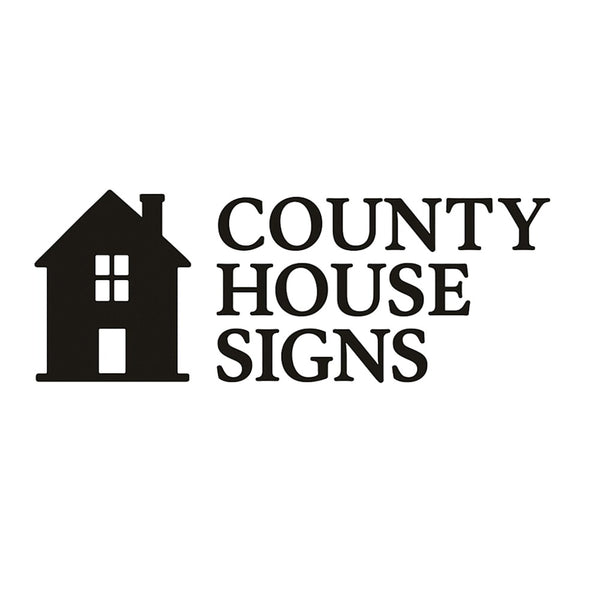The History of Signs and Sign Writing
Signs and sign writing has been a part of our society and culture for thousands of years. Archaeologists excavating the ruins Pompeii and Heculaneum have found a number of trade signs, made from stone and terracotta with painting. Various vocations were indicated by pictures, such as corn for farming and a millstone for a baker.
Practiced in generations gone by, signs were traditionally used by churches and other religious establishments. The 11 Century BC saw wall inscriptions and texts and the medieval period was synonymous with beautifully decorated letting and imagery.
As towns and cities grew so too did the need for trade. With this came a need for trade and business. Throughout the Elizabeth times signs were a popular way of a business to itself to customers.
The seventeenth century saw signage of a very high calibre. Much of the information was conveyed by pictures. Much of the population was still illiterate – so pictures were the easiest ways of conveying information. A specific vocation was created for sign makers. Some of the more notable craftsman included Hogarth, Mortland, Cox, Holbein and Millais.
In Norfolk in 1655 a very elaborate sign was installed at the cost of £1057, a massive amount of money in 1655. Large cities throughout the UK were anointed with elaborate, swinging signs and featured embellished wrought ironwork that was stretched across narrow streets. In 1718 the entire front of a London building was pulled down as it could no longer support the weight of the sign and its bracket. Between 1762 and 1770 parliament decreed that all of London’s project signboards should be removed and re-fixed to building walls.
Throughout the 18 Century literacy levels grew, and as such signs began to incorporate lettering alongside pictorial images. Eventually a sign writer would replace a sign painter as a vocation however this would be a slow process that mirrored literacy levels. The most common example of this is displayed on pubs across the UK.
Additionally, pictorial signs were synonymous with nobility, and still exist today. The Middle Ages saw much of the nobility have their own crest. This consisted of an image of a powerful animal and writing.
Signs and sign writing have a rich history. Our ancestors paved the way communicating information through the use of pictures and lettering, and today the essence of signs and sign making still exists.
